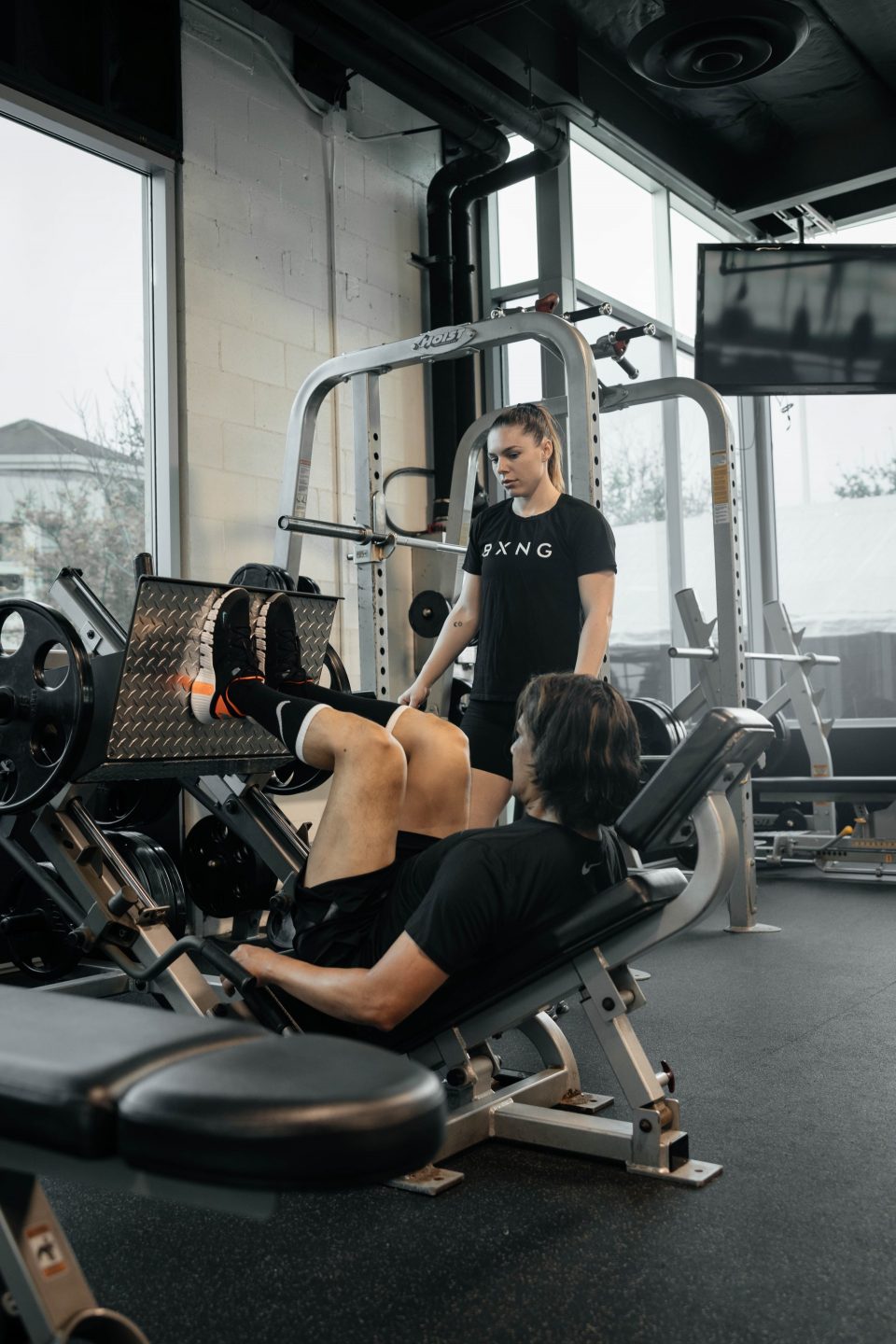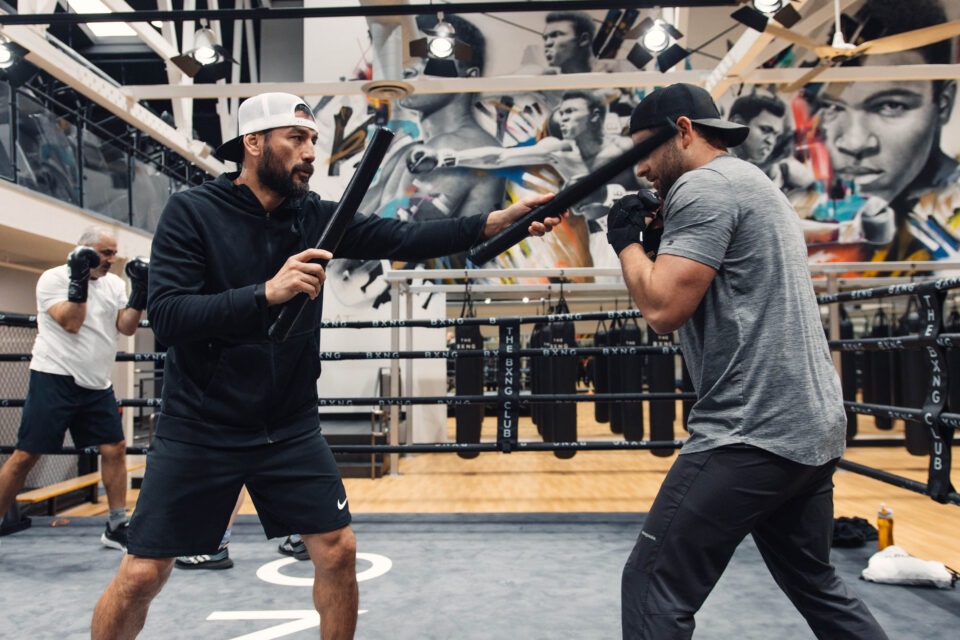Beginnings are tough, but so are you. Pull-ups are seen as one of the true tests of strength and overall fitness. We have probably all been there and seen someone crank out pull-ups like it was no big deal and sat back thinking #goals. Just remember that those that know how to properly execute a pull-up started somewhere too. There are also a lot of people that will say they know how to do a pull-up, but lack the proper form and technique (so does that really count?) *insert shrug here*
If a pull-up is your goal, it’s important to meet yourself halfway by acknowledging where your starting point is and finding the proper CONSISTENT routine. We suggest adding this to each of your workouts – especially on the days you don’t want to. Keep in mind that this routine may vary for each person and that you will need to figure out what works best for you, but ultimately, the fundamentals are almost always a good idea.
Dead hangs
Morbid name – we know. But they are ridiculously effective. Dead hangs are designed to help you gradually build grip strength, proper form, and increase core stability. There are benefits to dead hangs if you’re a beginner or if you do them for breakfast.Grip the bar with palms facing forward with feet crossed. Aim to go as long as you can. You do not need to engage your lats until you get closer to performing an actual pull-up.One common mistake in the dead hang position is engaging your lats. Don’t! You’re not ready to perform a pull-up just yet. Focus on relaxing your upper body while your arms hang straight.
Once you’re able to complete a 30-second hang without crashing to the floor, move onto the flex hang.
Flex hang:
Basically, the flex hang is holding yourself at the top of the pull-up position with your chin over the bar. Feel free to use a bench, resistance band, or partner to give a little assist until you’re comfortable doing it on your own.
Tip for your first few tries: it might be easier to start with an underhand grip. If not, that’s cool too and try overhand grip. It’s important to make sure to engage all upper body muscles to help create tension. Your grip may slip, but that mind-body connection must never! Once you can do a flex hang for 30 seconds or more, it’s onto chin-ups.
Chin-ups:
1,2,3, chin-up. HERE WE GO! Chin-ups help with the movement for a pull-up and focus on the bottom part of the pull up (major trouble spot for people wanting to perform pull-ups). Start with palms facing up, body hanging, feet crossed at the bottom, and pull yourself up either 2 to 3 inches at first and then gradually with chin over the bar. Once again, feel free to use a bench, resistance band, or partner to help out until you feel ready to do it on your own.
FYI: This can be one of the most frustrating pieces of the puzzle to getting your pull-up. DON’T GIVE IN.
Negatives:Okay, so if you thought that chin-ups were frustrating… negatives may have them beat. However, it is one of the most crucial parts in building strength for pull-ups. Worth it? Duh.
Remember the flex hang position? Begin in the flex hang position and then SLOOOWWWWLY lower yourself into a dead hang. Guess the key term here: SLOWWWWWLY. The slow downward movement is a form of eccentric training which is known to cause more significant muscle tissue breakdown.You’re fighting gravity here, pretty cool stuff. Try your hardest to pull yourself up when gravity is trying to pull you down (sort of like a bad relationship). Build your way up to six.
PULL-UPS:
YOU MADE IT! Grab the bar shoulder-width apart. Decide if overhand or underhand grip is better for you. Engage lats and pull elbows towards the floor while making sure to keep them close to the body. Make sure your core is working and bring your chin past the bar. Lower yourself all the way down until you’re straight again and REPEAT. YOU DID IT.






